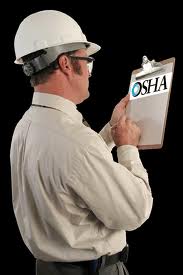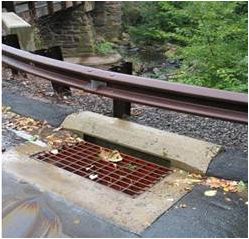One of the areas I recently investigated for an industrial client was the need for a stormwater permit or a No Exposure Certificate so I thought this would be a good topic of which to give an overview. Stormwater is generated from melting snow, precipitation and run-off from irrigation. It is classified into two…
Month: November 2012

Using Strategic Thinking
There is lots of buzz about “strategy” from strategic planning to strategic objectives but having a strategic though pattern can assist an EHS professional in ensuring effectiveness. Strategic thinking was the title of one of the sessions I attended at the American Society for Safety Engineers (ASSE) Leadership Symposium. The session was given…

NFPA Standards Incorporated by Reference
Did you know the following 36 National Fire Protection Agency (NFPA) standards and any revisions thereafter are incorporated by reference into the Occupational Safety & Health Administration (OSHA) regulations per 29 CFR 1910.6? This means that an OSHA audit can yield findings from these standards in addition to those cited directly in 29 CFR 1904, 1910 or…
Visual Communications & Spill Containment Strategies and Techniques
By Guest Blogger: Jack Rubinger From Portland to Pittsburgh, from the Arctic to the Adriatic, industrial chemical spills are common. Spill response teams need to act fast when these events occur, with the appropriate cleanup and communications supplies on hand. Industry and the public are vitally concerned about spills and their potential economic and environmental impacts….

Feedback: A Key to a Great EHS Program
Last week I had the privilege of attending the American Society of Safety Engineers Leadership Symposium “Safety is about Leadership.” I had the opportunity to meet leaders in the industries of Organizational Development and Environmental, Health & Safety (EHS) Management. I attended multiple sessions about how leadership principles impact the management of an EHS program. …
